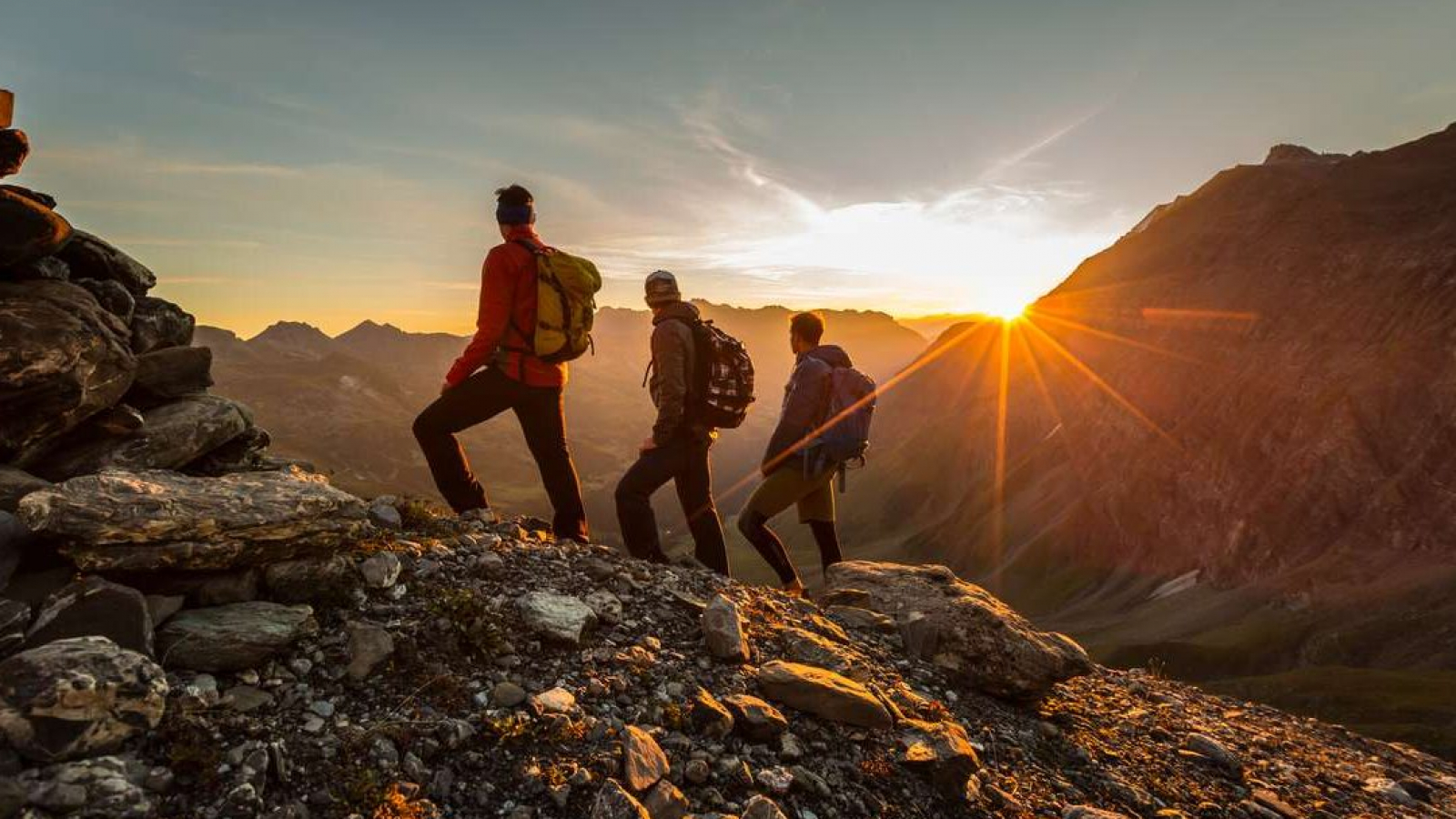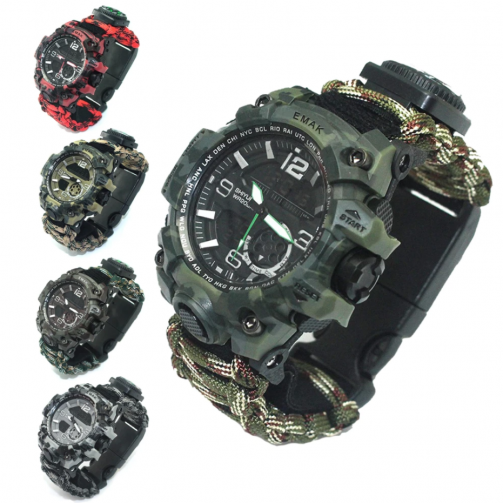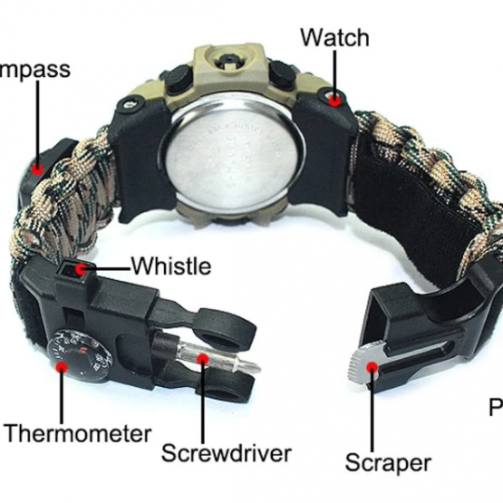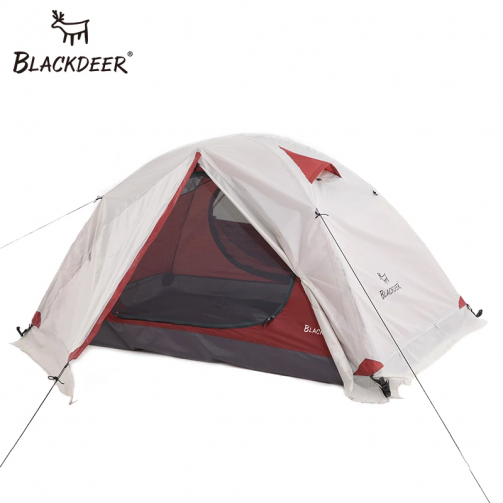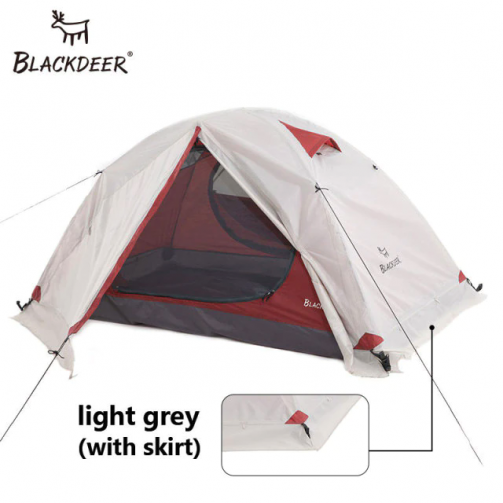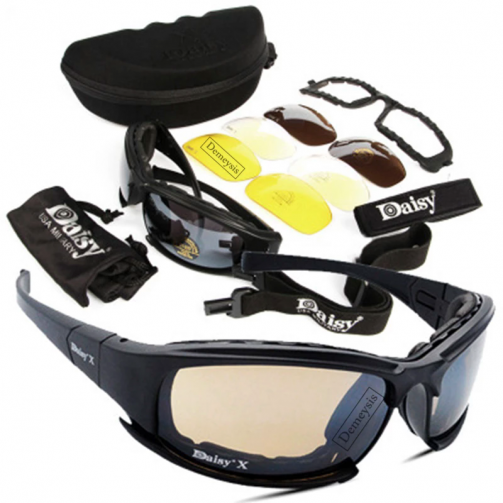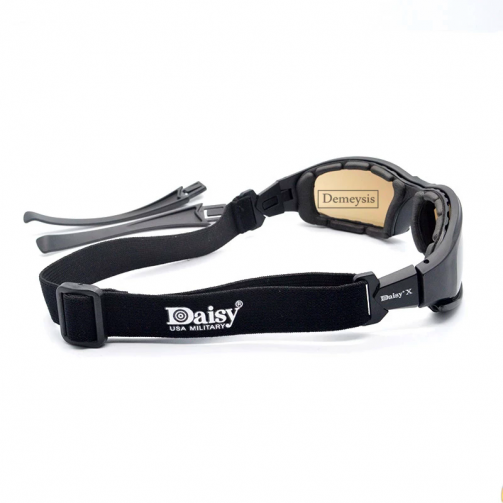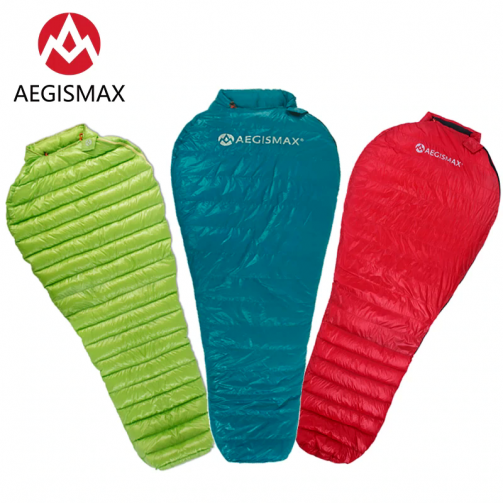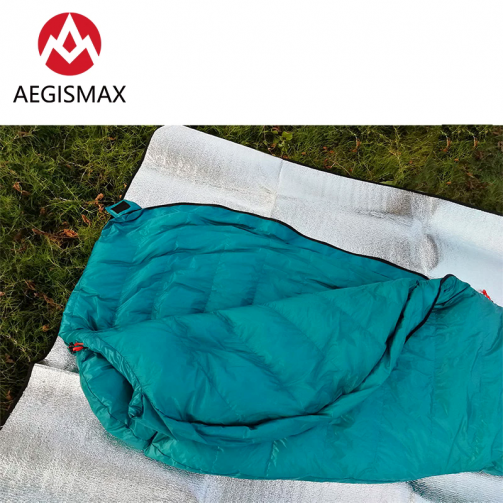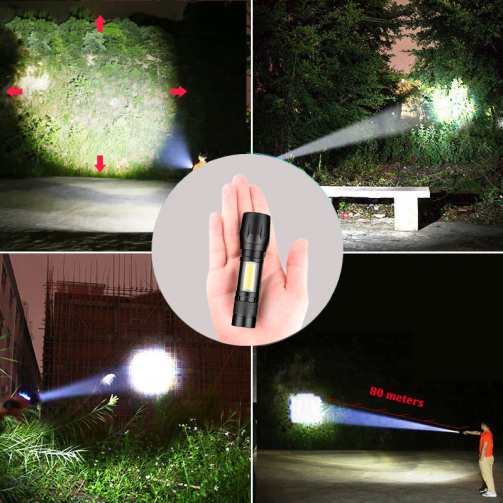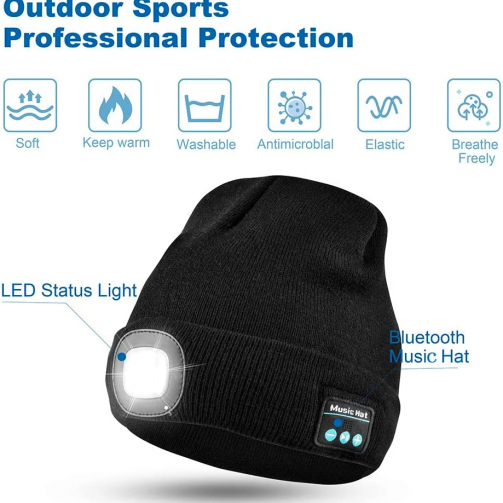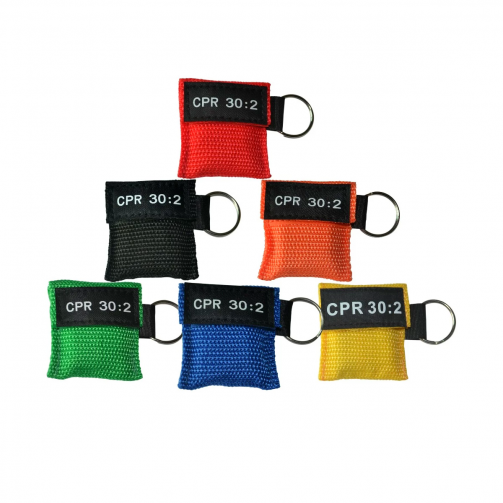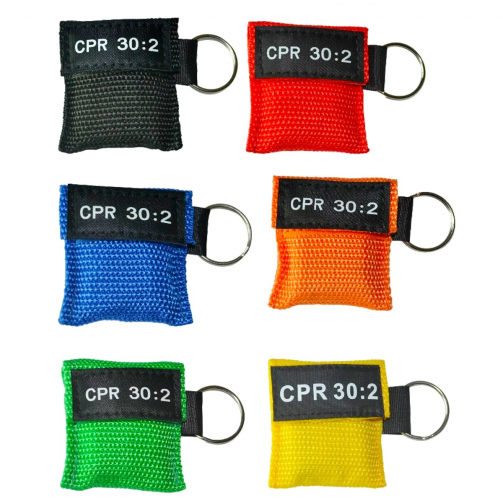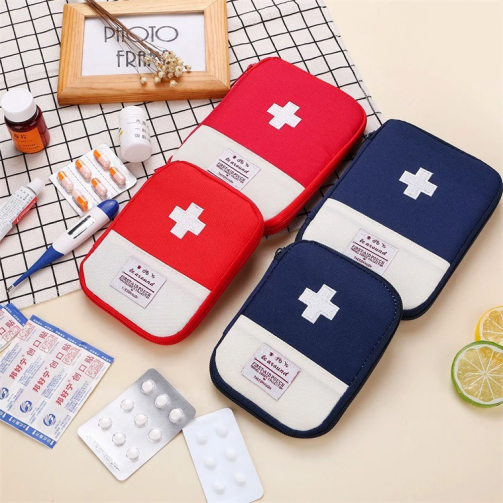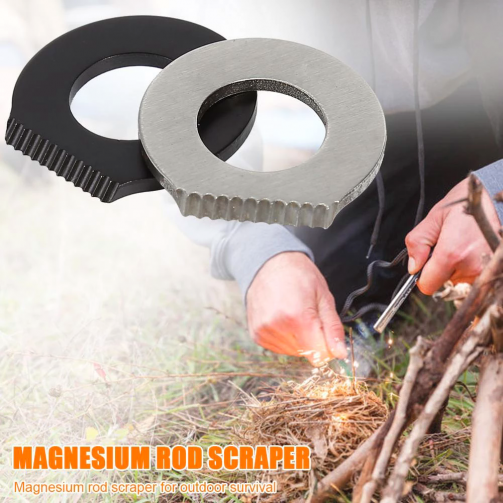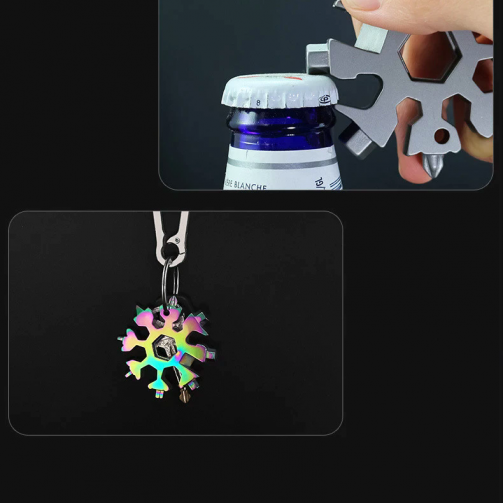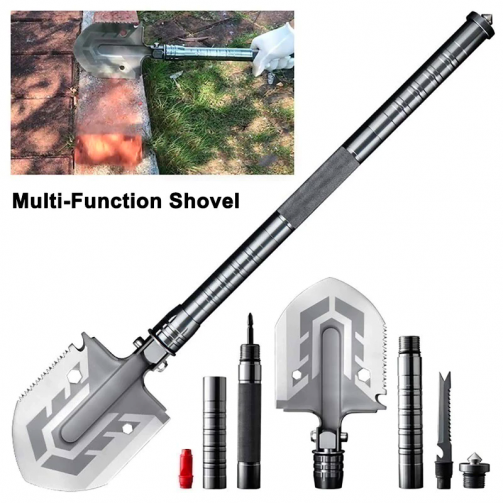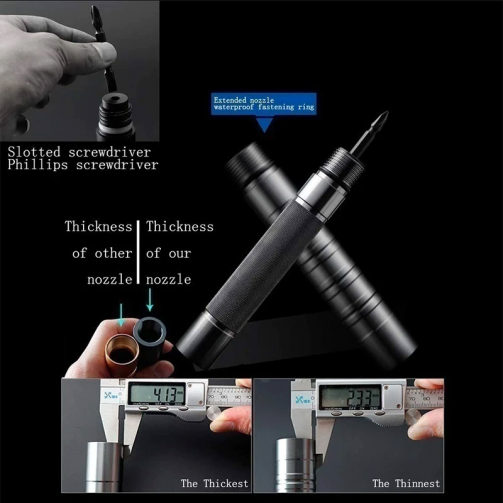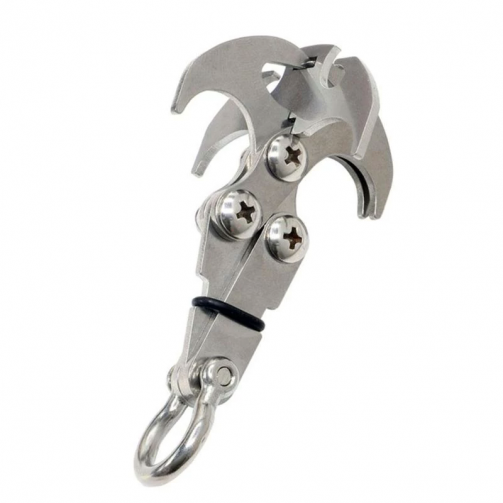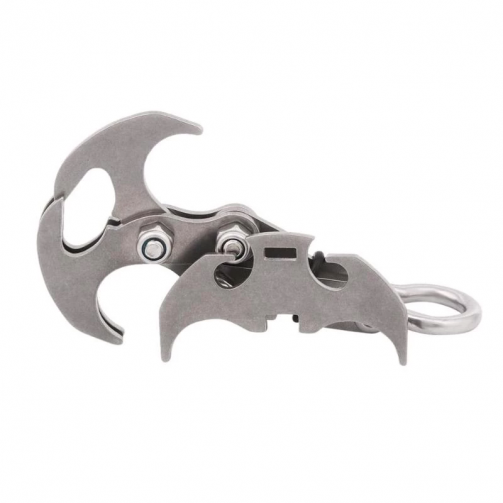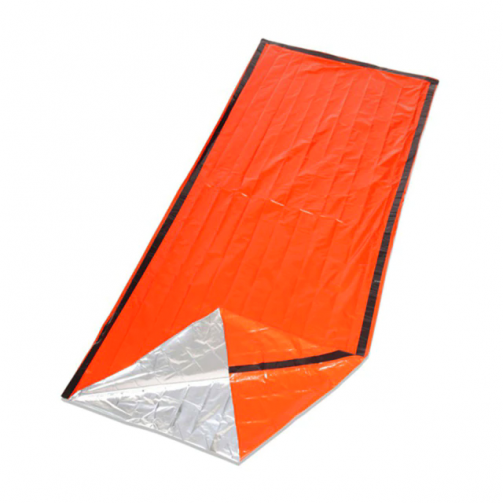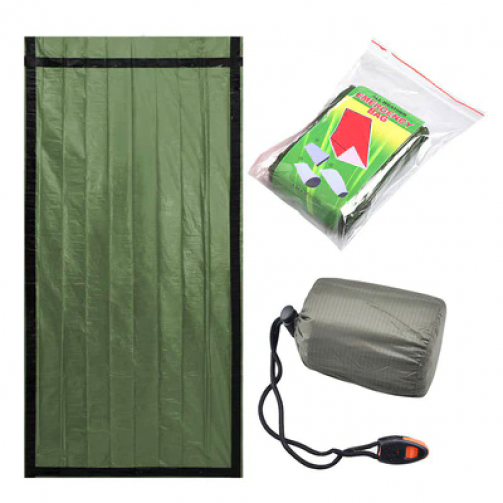There are essential wilderness survival items you should always carry when when hiking, biking or camping, but most of us never do. It seems like we often hear on the news of someone making a solid attempt to enjoy the outdoors and connect with mother nature, but end up in an unexpected situation without being prepared.
The last thing on anyone’s mind when planning a hike, snowshoeing, or a camping trip is that they might injure themselves and become unable to get back home on their own without the essential survival items, but it happens more than you would think.
NAVIGATION
Map, compass, and GPS. When planning your route before your trip and help orient yourself in your surroundings during your activity. Know how to use a topographical or relief map and your compass or GPS unit before going out.
SUN PROTECTION
Sunglasses, sunscreen, and hat. Sun protection is necessary to protect your skin and eyes against harsh UV rays responsible for sunburns and skin cancer. Wear sunglasses, apply sunscreen, and wear a hat. Protective clothing such as trousers and long sleeve shirts can also help minimize your exposure to the sun.
INSULATION
Jacket, hat, gloves, rain shell, and thermal underwear. Nature is unpredictable, so be prepared for sudden weather changes. Pack an extra layer of clothing to withstand the most extreme conditions you could encounter.
ILLUMINATION
Flashlight, lanterns, and headlamp. Headlamps are the preferred light source because they are hands-free, but they require batteries, so pack extra.
FIRST-AID SUPPLIES
First Aid Kit. Be prepared for emergencies by packing first-aid supplies with you. Start with a pre-made kit and modify it to fit your trip and your medical needs.
FIRE
Matches, lighter and fire starters. Fire can be an emergency signal, a heat source for cooking, and keep you warm. Pack matches (preferably waterproof) and fire starters.
REPAIR KIT AND TOOLS
Duct tape, knife, screwdriver, and scissors. Carry a basic kit with you to repair equipment if needed. The kit should include items such as duct tape, a knife, and scissors. Consider packing a multi-tool. A compact version may consist of a spoon, screwdriver, or can opener. Be sure to bring any tools specific to your trip and your activity.
NUTRITION
Food. Prepare for the possibility of making adjustments to your plan. Pack an extra day’s supply of food, preferably no-cook items that contain high nutritional content to keep your energy up. Salty and easy-to-digest snacks work well for outdoor activities such as granola bars and nuts.
HYDRATION
Water and Water Treatment Supplies. Staying hydrated on your trip is of utmost importance when it comes to wilderness survival! Physical activity increases your risk of dehydration (loss of water and salts from the body), leading to adverse health consequences.
If you’re active outdoors (hiking, biking, running, swimming, etc.), you should drink water often and before you feel thirsty, especially in warm climates.
Prepare your water before you need it, and do not allow yourself to become dehydrated. Before heading out on your trip, be sure to identify any water sources at your destination that you could collect and treat using water treatment supplies.

 Cart is empty
Cart is empty 